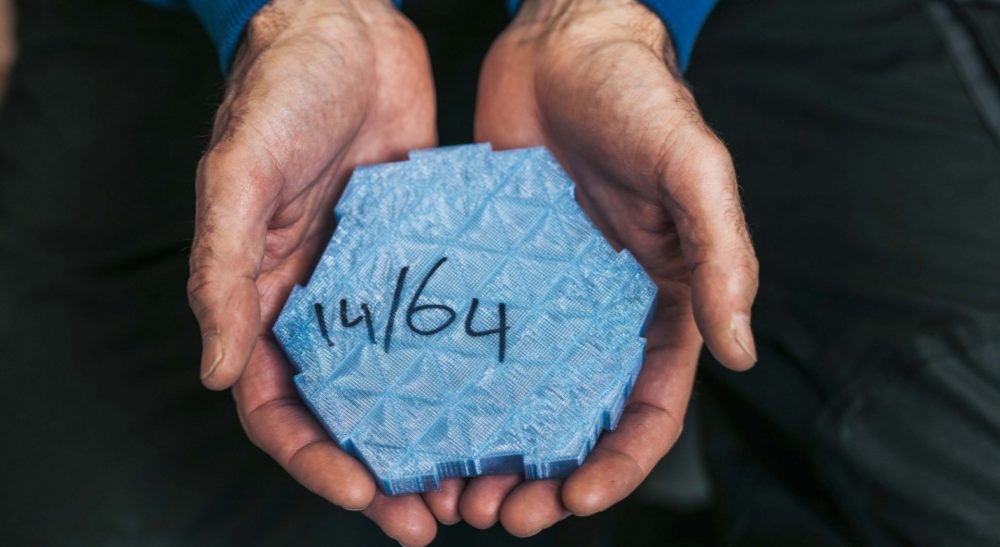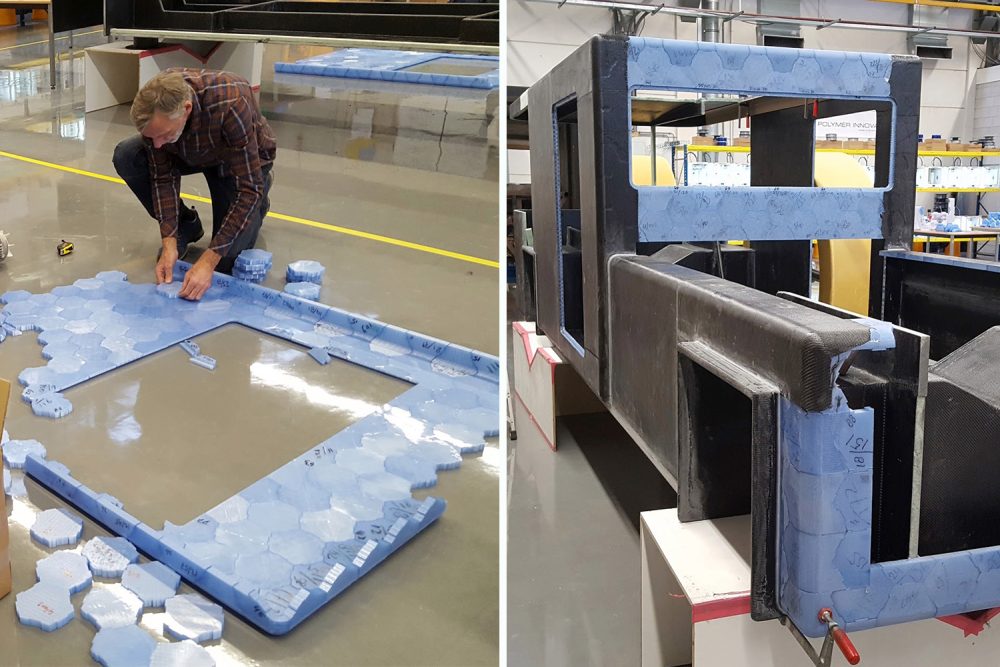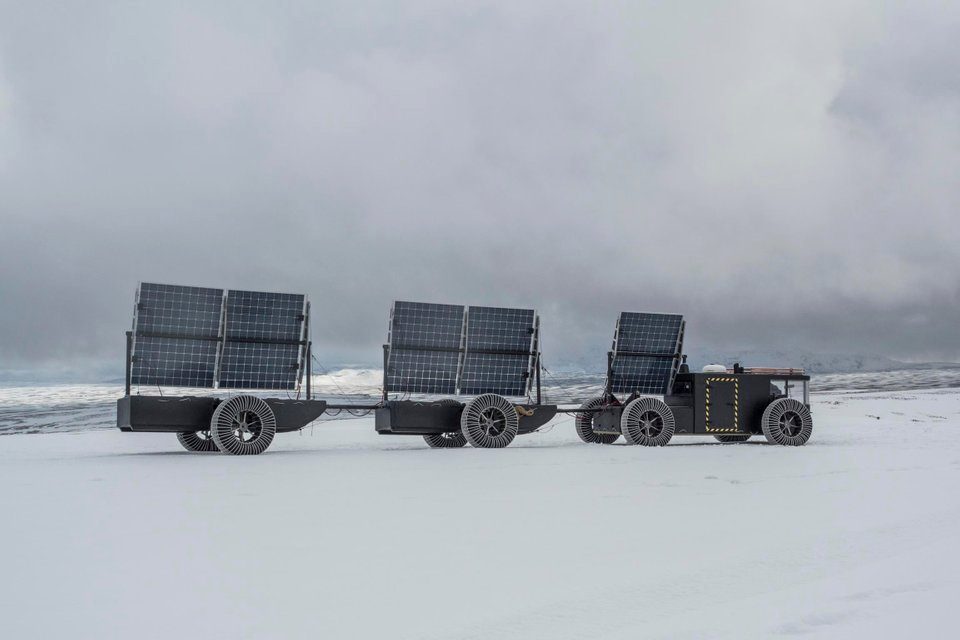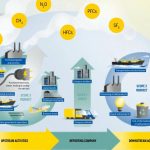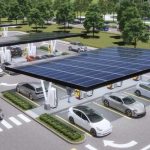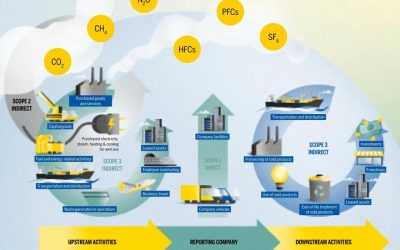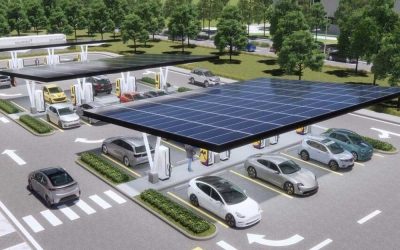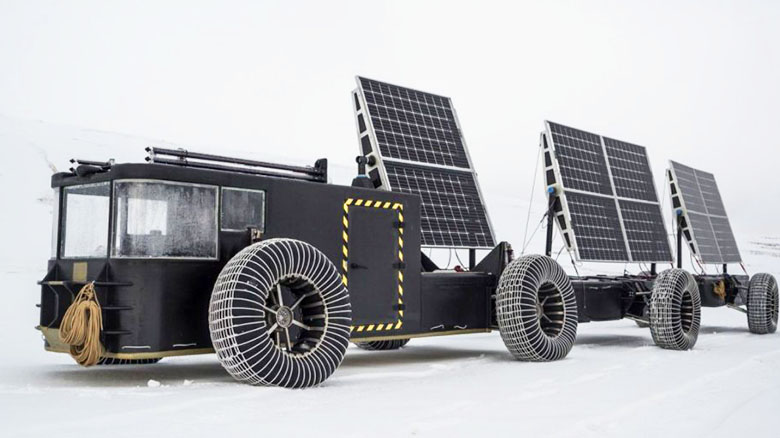
UPDATE 2022: As technology continues to advance, we are seeing more and more innovative ways of creating sustainable and eco-friendly products.
Solar-powered electric vehicle made from 3D
One of the latest examples of this is the solar-powered electric vehicle made from 3D printed garbage. In this article, we will take a closer look at this unique vehicle and explore how it is contributing to a more sustainable future.
The solar-powered electric vehicle made from 3D printed garbage is a revolutionary product that has been designed to be both sustainable and eco-friendly. This vehicle is made entirely from garbage that has been 3D printed into usable parts, and it is powered by solar panels that are mounted on the roof.
The Creation of the Vehicle
The creation of this vehicle was a collaborative effort between a team of engineers, designers, and environmentalists. The goal was to create a vehicle that would not only be sustainable but would also be affordable and accessible to people around the world.
To achieve this goal, the team turned to 3D printing technology. They used a special type of printer that is capable of printing with recycled materials, such as plastic bottles, bags, and other waste products.
The process of creating the vehicle involved printing each individual part and then assembling them together to create the final product. This allowed the team to create a vehicle that was not only sustainable but also highly customizable.
According to the team:
“We shredded pieces and melted it into the filament that feeds 3D printers. Then we took it to the next level and did it on industrial scale, using recycled pellets from a waste plant. With forty 3D printers we printed 4000 HexCores. A building block inspired by the honeycomb, designed to be light and strong.”
Those building blocks were then combined to form the structure of their electric vehicle.
Once the shell of the Solar Voyager was created, the remainder of the tech was completed.
The Solar Voyager ultimately consists of a four-wheeled buggy towing a pair of two-wheeled trailers.
The trailers supports 10 bifacial solar panels and also store supplies, including 47 days worth of food.
The team isn’t lugging along heavy water though. Instead, they’ll use the ice around them for drinking water. The ice will be melted in six solar vacuum tubes.
Infrared windows are also installed in the cab, which help to absorb sunlight and keep the cab warm.
The Solar Voyager weighs 1,485 kg (3,274 lb), which is relatively lightweight considering the gear needed to keep the Solar Voyager moving and to keep the couple alive.
The Solar Voyager also measures 16 m (52 ft) long and moves along at a blistering 8 km/h (5 mph). That slow speed maximizes efficiency of the power generated by the solar panels.
The design was of course not without a number of technical challenges, as explained by the team:
“Driving on Antarctica needs creative thinking. How do we float on top of the snow or provide drinking water? How can we communicate with the Mission Control Center? Ten solar panels provide constant power for the engine, and vacuum pipes can melt the ice. Its light weight is spread across special wheels to make driving more efficient. The Solar Voyager started as a plastic puzzle and is now a high-tech vehicle built for Antarctica.”
The team ultimately worked out all the kinks in the Solar Voyager, helped by a shakedown run in Iceland.
The journey of the Solar Voyager
In five weeks, the team will set out from their Antartica base camp and drive to the South Pole. From there, they’ll head straight back, completing a journey of 2,400 km (1,491 mi). If all goes according to plan, the journey should last around 30 days.
Along the way they’ll endure summer temperatures of -30ºC (-22ºF) and 24-hour sunlight, though that last part is probably a good thing.
If you’re asking “But why Antartica?”, then you’re not alone. Solar races occur in the US, Europe and Asia all the time. But Antartica has a special significance for the team’s mission.
As they explained:
“Antarctica contains 90% of the world’s ice and belongs to no one. It is zero waste by law, making it the perfect destination for a zero waste adventure. We can learn from Antarctica and make sure it stays that way. We also want to raise awareness for the Antarctic treaty. If not extended in 2048, the continent will be opened for commercial exploitation.”
In conclusion, the solar-powered electric vehicle made from 3D printed garbage is an innovative eco-friendly product that showcases how technology can contribute to a sustainable future. The Solar Voyager is a unique vehicle made from recycled materials, powered by solar panels, and designed to overcome technical challenges while promoting sustainable living. To follow the Solar Voyager’s progress, you can visit their blog.
Vu Phong Energy Group
